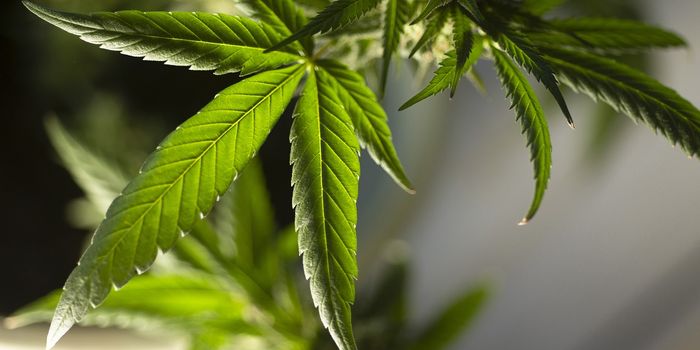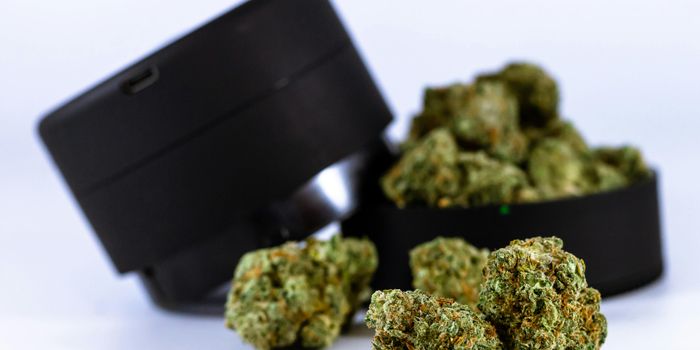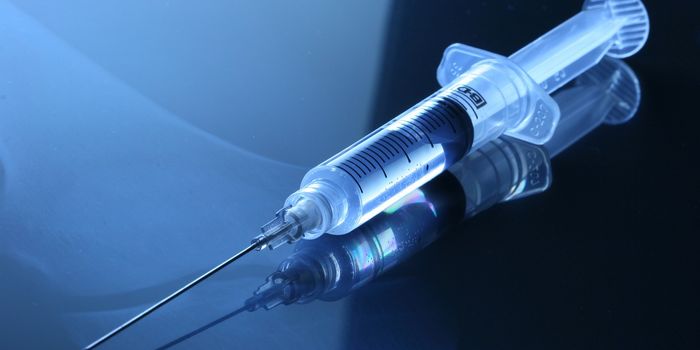Boosted Americans Testing Positive for COVID-19 More Often Than Those With the First Series Only
According to the CDC’s data from February to April 2022, boosted Americans have been testing positive for COVID more often than the vaccinated without the booster. As of June 7, the CDC reports 221 million Americans are fully vaccinated, meaning they’ve received the first series, and 103 million are boosted.
The difference in case rates between the two groups is more than double. Looking at data from a week in April, 119 out of 100,000 boosted Americans tested positive while 56 out of 100,000 of those who received the first series only tested positive.
The reason for this unexpected observation is not thought to be biological, according to Dr. Sheela Shenoi, an infectious disease doctor and assistant professor at Yale School of Medicine. The CDC states other factors could influence these numbers, making interpretation of recent trends difficult.
A potential reason: the availability of at-home testing. Now that testing at home is more common, not all tests show up in official counts. Bill Hanage, an associate professor of epidemiology at Harvard explains, “Individuals receiving boosters may be more likely to have their cases counted. Just in being boosted, they are displaying ‘health seeking’ behavior. They are more likely to have contact with health care and get a test that ends up in official stats.”
Also, according to Hanage, those who are fully vaccinated but not boosted are more likely younger and less likely to be severely ill in general, so they may not get tested, and if they do, they are less likely to report it.
Hanage’s other theory is that compared with the boosted, those who received the first series only may have been more likely to have gotten Omicron during its first wave, which would have given this group extra immunity.
These theories aside, behavior of boosted individuals may actually make them more likely to contract COVID, according to Shenoi. Because they’re boosted, they may feel safer without other precautions like masking and social distancing.
But, as Dr. Peter Gulick, an associate professor of medicine at Michigan State University, emphasizes, perhaps the higher case rates have more to do with the health status of boosted individuals. Those who are boosted tend to be older and immunocompromised. Immunocompromised people are less likely to be protected by COVID vaccines because their immune systems only partially respond to them, making them more vulnerable to infections when vaccinated.
Sources: McClatchy Washington Bureau, CDC








